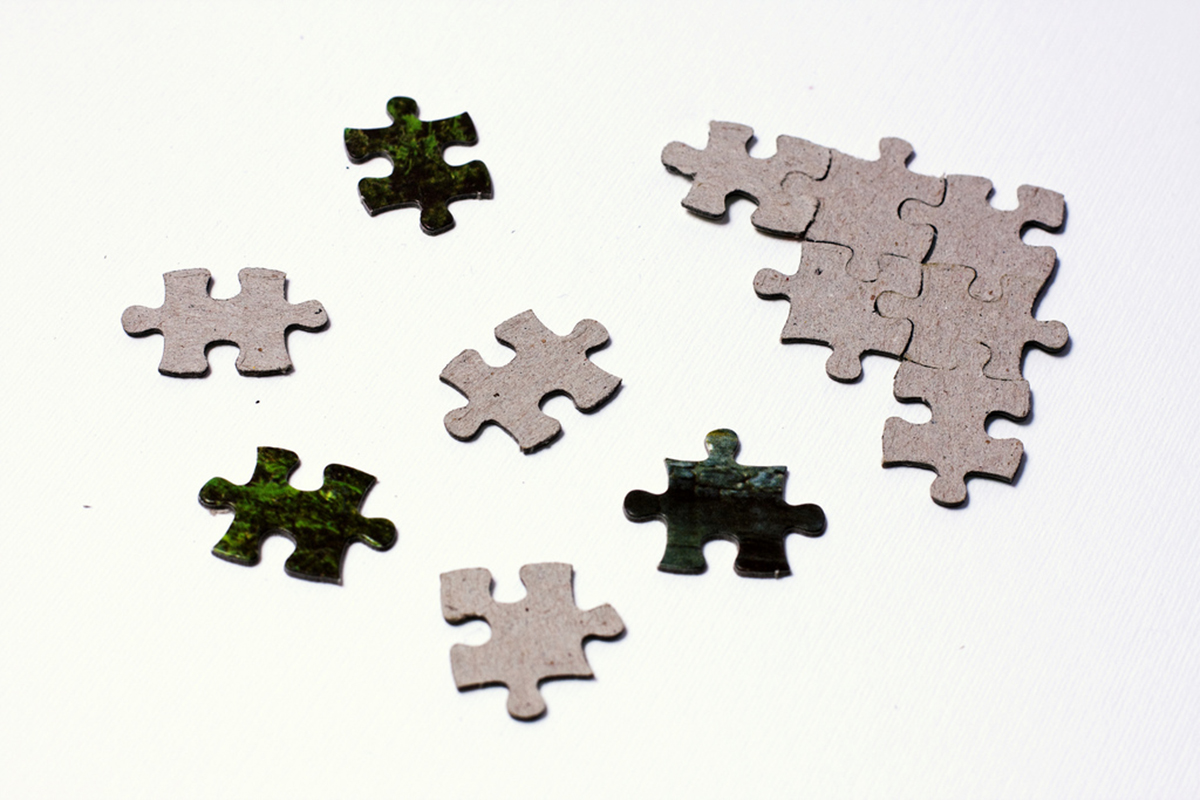Dissociative Identity Disorder, previously called Multiple Personality Disorder, is the result of chronic and severe childhood trauma. What are the symptoms of DID, how is it diagnosed, and what are the treatment options?
We've all heard of Dissociative Personality Disorder — though many of us still know it only by its previous name, Multiple Personality Disorder — but what what really happens to people who have this disorder?
What Is Dissociative Identity Disorder?
Dissociative Identity Disorder, DID for short, is a complex phenomenon that can be described as one of a range of normal responses to highly traumatic events. Dissociative disorders can arise from severe and chronic physical or sexual abuse during early childhood. Indeed, dissociating can be seen as a powerful coping mechanism that enables trauma victims to get through situations that thet would otherwise not be able to cope with.

Dissociation refers to a disconnection — between parts usually connected together, between different aspects of reality. To trauma victims, dissociating is a powerful, sometimes voluntary, other times not, way to cope with traumatic experiences, by banishing them from daily life outside of the presence of abuse or trauma.
In people with DID, this dissociation goes a lot further: people with DID manifests as two or more seperate personalities, identities, within one person. In short, people with DID have a fragmented sense of self.
These personality states, also known as "alters", may come out involuntarily depending on circumstance, or the person with DID may have some control over which alter emerges when. Alters may be more or less developed, but it's common for them to have their own names, ages, genders, and their own way of behaving. What's more, alters have their own set of memories — experiences they can recall. Switches from one personality to another may happen frequently and seemingly randomly, or in reaction to certain impulses, such as fear.
People who are aware they have DID may refer to themselves as "we", acknowledging the presence of multiple persons within the same body. While the now defunct term "Multiple Personality Disorder" promoted the idea that people suffering from DID are essentially more than one person in one body, DID is now seen as a fragmentation — the person with DID isn't multiple people, but rather the different alters are, together, the sum of the person.
Dissociative Identity Disorder: Symptoms
Primarily, two or more distinct states of identity, with their own memories, personalities, views, and behaviors (including physical gestures and voices), occur within a person with DID. Some people with DID harbor more than 100 identities, while around 50 percent of reported cases were found to have 10 or fewer identities.
Specific identities may emerge seemingly randomly, but they frequently come to the forefront as a result of specific triggers. The identities may or may not be aware of the existence of others. Where they are, they may be critical of one another. The Differing memory sets of alters results in the inability of some alters to recall skills, people, or events other alters can recall. Some alters may have a complete set of memories of what the person experienced, while others recall little. Some may be passive, while others are aggressive and protective.
While people with DID are quite likely to experience depression, anxiety, depersonalization (a sense of being detached from the body), and derealization (the feeling that things are not real), the alters cannot be attributed to psychosis, substance abuse, or any medication they are taking.
Dissociative Identity Disorder: Diagnosis And Treatment
How Is DID Diagnosed?
DID is diagnosed through one or a series of mental health interviews, during which practioners assess whether the client meets the diagnostic criteria for the disorder. The first part of this assessment is likely to involve fact-gathering through questions about the person's childhood, experiences, memories, and symptoms. Mental health professionals will want to make sure that symptoms, even if they closely match those of DID, cannot be attributed to other mental health disorders, including other dissociative disorders, or to the use of medications or substances.
Dissociative Identity Disorder: Treatment
Psychotherapy is the go-to treatment of choice for people with DID, and this is understood to be a long and multifaceted process that will unfold over the course of many years. While the ultimate goal of psychotherapy for people with Dissociative Identity Disorder may be to integrate the alters, enabling the person to become one again, the treatment itself will be broken down into more manageable parts with more immediate goals.

These immediate goals include providing a safe space in which the person feels able to talk about trauma that they had repressed for a long time, and helping them improve their relationships with other people. They will also include developing strategies to cope with dissociation and memory gaps, and ways to cope with anxiety, stress and crises.
Treatment for Dissociative Identity Disorder has to be both very gradual and pressure-free — therapy can, in itself, be traumatic, as previously repressed memories come to the forefront again and experiences are relived.
It's important to note that, though many therapists would see reintegration of the different alters into a whole as the preferred outcome of treatment, people with DID may disagree. Having lived with different identities for a long period of time, some people with DID respect each of them as individuals, and may see treatment that encourages reintegration as harming their alters, or even as trying to kill them. As such, peaceful and functional coexistence of different alters may be a goal instead. Working on gaining more complete memories and awareness for each alter can be productive in therapy in these cases.
Both hypnosis and EDMR, eye movement desensitization and reprocessing, are sometimes used as part of DID treatment as well. In addition, people with DID may benefit from using medications to manage other issues they have, such as depression.
Therapy is going to have the best outcome for people with DID if they work together with professionals who have extensive experience in dealing with Dissociative Identity Disorder, and therapist and client can come to an agreement on a treatment plan and goals by consensus. Therapy is supposed to help improve a person's life, not to retraumatize them or make things harder. Not every therapist is suitable for every person, and it is perfectly normal to want to try out a few different therapists before deciding on a therapist where one can feel safe.
- Photo courtesy of Horia Varlan via Flickr: www.flickr.com/photos/horiavarlan/4273913228
- Photo courtesy of Horia Varlan via Flickr: www.flickr.com/photos/horiavarlan/4273913228
- Photo courtesy of TraumaAndDissociation via Flickr: www.flickr.com/photos/traumaanddissociation/13926309016


Your thoughts on this